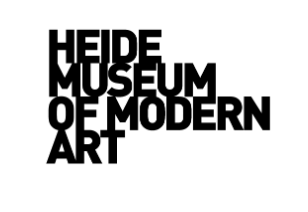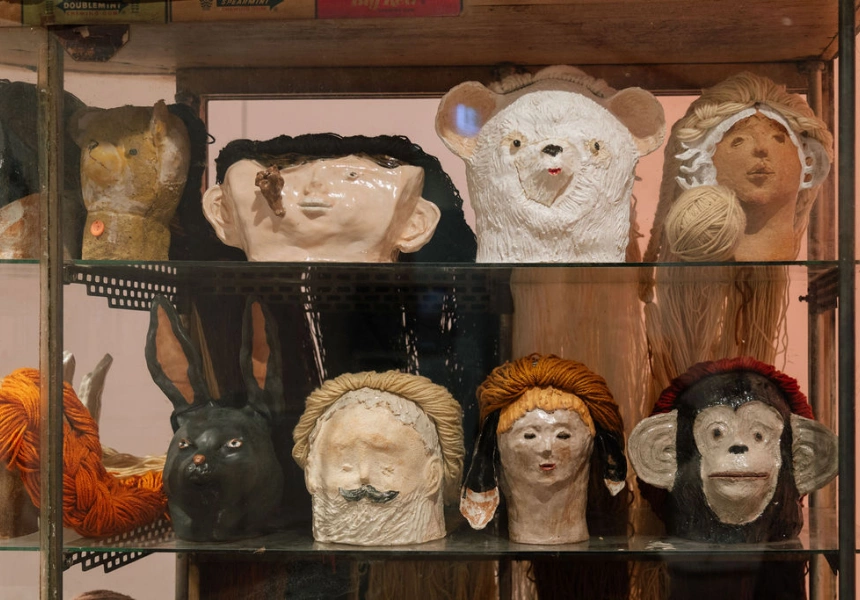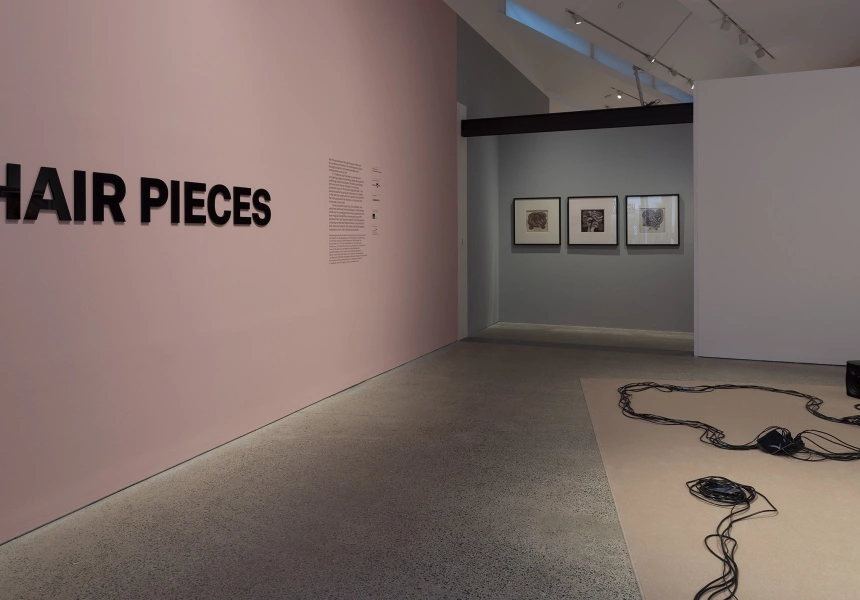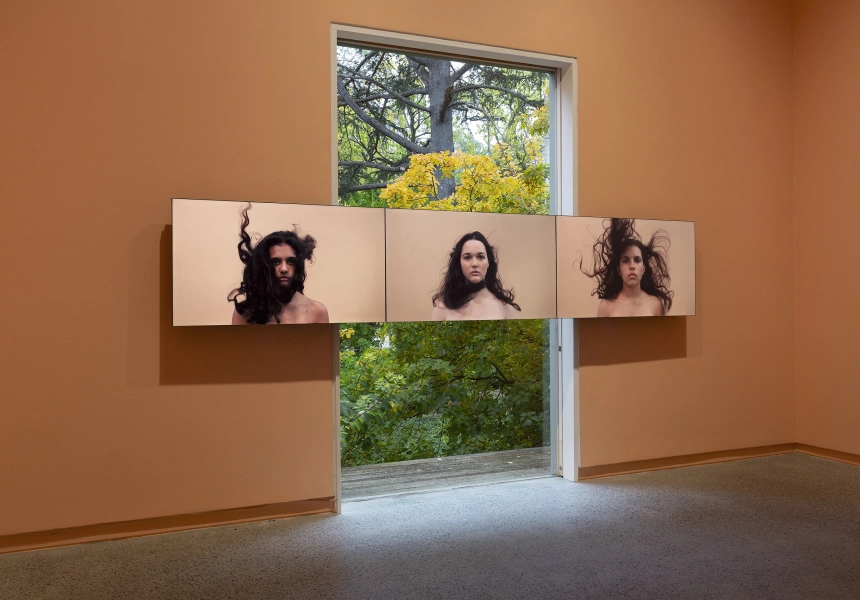“I’ve been interested in curating a project on the phenomenon of hair for quite a number of years,” says Melissa Keys, senior curator at the Heide Museum of Modern Art. “Hair has always had a presence and played a role in art, and it’s obviously important to people for their identities and everyday lives.”
That artistic presence will be on display in the museum’s fascinating new exhibition, Hair Pieces, which runs until October 6. An evocative and multisensory experience, it brings together works by 38 artists, both contemporary and historic, to examine the possibilities of hair as a source of artistic inspiration and cultural commentary.
The initial inspiration for Keys, however, was more personal. Until recently, her friends owned a commercial art gallery in what was once an old hair studio. Fascinated by the topic, she worked on this exhibition on and off for several years before giving it all her attention for the last six months.
Stay in the know with our free newsletter. The latest restaurants, must-see exhibitions, style trends, travel spots and more – curated by those who know.
SIGN UP“It’s a project that was never conceived to be comprehensive. It’s a sampling of what is a rich and hugely intriguing social, cultural and political field,” says Keys. “I selected a group of artworks that I thought would be visually, spatially and conceptually interesting in dialogue together, and that touch on a broad range of approaches and ideas across time.”
The exhibition spans five decades, from key feminist and experimental works in the 1970s to projects that are current and ongoing. With so many works on display, the exhibition encompasses three of Heide’s spaces. The walls have been painted in hues of orange and pink, to suggest the warmth of the body, as well as a selection of greys, to suggest the impersonal and institutional aspects of life.
Some of the exhibition’s highlights include the photographic work of performance artist Ana Mendieta, whose 1972 Untitled (Facial Hair Transplants) documents her gluing strands of her friend’s beard to her face. The bold and surreal imagery examines gender construction and ruptures stereotypes. Another historical piece is Marina Abramovic and Ulay’s performance Relation in Time, which saw the two legendary artists seated back-to-back for 17 hours with their hair entwined.
Among the contemporary artists shown, Georgia Banks is sure to be memorable, with a giant hair ball formed from her own hair, which she collects as it sheds each day. Banks will continue to add to the work for the duration of the exhibition.
Then there’s the powerful work by Wiradjuri artist S.J Norman, titled Magna Mater that comprises 10 video works featuring male-identifying First Nations artists with whom the artist is in kinship. The participants were asked to document themselves having their hair brushed by caregivers and family members, with 100 strokes each day over the course of a moon cycle, creating an act of consensual intimacy and care.
While the exhibition’s central concept may seem simple on paper, it features wildly differing works. That depth of interpretation was an idea central to its curation.
“There are affinities and threads that run between the transhistorical selection of works,” says Keys. “But I was more interested in creating an exhibition that explores the complex significance of hair in a way that’s compelling and open-ended.”
She hopes the exhibition is both intellectually thought-provoking and a source of personal reflection for visitors. “I think we all have experiences with hair, even if that experience is its lack or absence. So, I hope that audiences find the project relatable, that it captures their imagination and expands their thinking around hair and its complex political, cultural and personal associations.”
This article is produced by Broadsheet in partnership with the Heide Museum of Modern Art.




